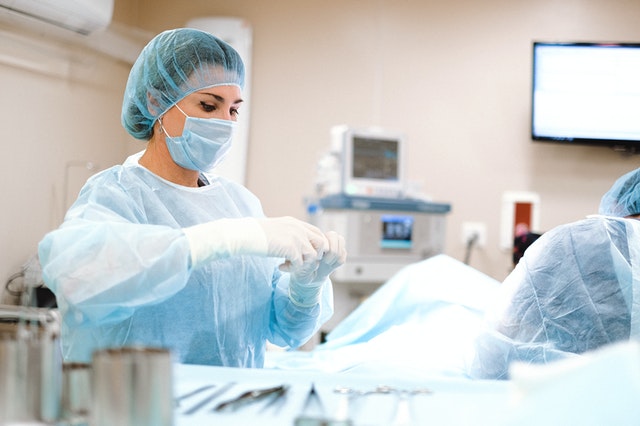
Surgery is the first choice of treatment for skin cancer. After the successful removal of cancer tumors, reconstructive plastic surgery comes next. Recovery is crucial for you, and reconstruction is part of that process.
Reconstructive surgery may occur immediately after treatment or delayed until later, depending on the surgeon’s assessment.
The good news is, most reconstructive plastic surgery procedures don’t require a trip to the operating room. You can have it done under local anesthesia.
It is not that intensive or invasive, and you will make a quick recovery. Most patients can go back to their everyday lives without much difference save for a band-aid or two.
Read on to find out more about reconstructive plastic surgery after skin cancer removal.
What Is Reconstructive Plastic Surgery?
Some surgical procedures may leave behind scarring or cause deformities to the area operated.
It may cause operational problems (for example, if the tumor is near the nose, eyes, or ears) or affect the patient psychologically. The goal of reconstructive plastic surgery is to restore form and function to these areas.
The depth of this reconstruction depends on the location and the extent of skin cancer removal surgery.
Sometimes it is as simple as guiding the healing, allowing wounds to contract on their own. Or, the surgeon may use skin grafts or rearrange local tissues.
The surgeon may use free tissue transfer for the most aesthetic result, where tissues get removed from distant parts of the body to hide scarring along with natural landmarks and existing facial creases.
What Are the Types of Reconstructive Plastic Surgery?
There are two main types of reconstructive plastic surgery for skin cancer patients:
- Skin grafts
- Skin flaps
Skin grafts
Grafts are healthy pieces of skin removed from one part of the body so that they can get used to hiding scarring or deformities on another part of the body.
In other words, skin grafts get taken from a ‘donor site’ and placed on the ‘recipient site.’ It means that there will be two wounds to tend to after the procedure is complete.
Skin grafts get used in places that are too tight to make a skin flap. They are also used to cover more extensive wounds.
Skin Flaps
Unlike skin grafts, skin flaps are partially detached. They have their blood supply or ‘pedicle’.
Flaps get selected for their similarity to the recipient site in thickness and appearance. Skin flaps also heal faster than skin grafts.
Recovering From Reconstructive Plastic Surgery

Photo Credit: Pexels
You are probably wondering what to expect when the procedure is finally completed.
Fortunately, most reconstructive plastic surgery procedures are not that complicated. Surgery is usually performed under local anesthesia by surgeons and dermatologists. The surgeon will give you clear instructions after the procedure.
It may include:
- Avoiding picking at, stretching, or bumping the grafts/flaps
- Resting for several days and avoiding strenuous activity
- Taking sponge baths
- Avoiding certain substances and medication
Reconstructive Plastic Surgery Is Quick and Effective
In many cases, reconstructive surgery after skin cancer is even performed on the same day as removing skin cancer growths.
Thanks to advances in science and technology in the medical field, this procedure now carries little risk. You can have it done in a short time and be on the road to recovery right away.
About The Author:
Ann Lewis enjoys the art of writing and has experience in various spheres of the craft. By blending information, with advice and impromptu jokes, she writes articles that not only have something to teach but are also light, easy to read.




